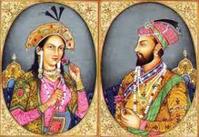
Who could want a more romantic love story than a young Indian prince, visiting the local bazaar, who sees and falls head-over-heels in love with a beautiful young woman hawking silk and glass beads? Immediately the prince goes to his father, proclaims his love for the girl, and swears he will marry her.
Photo source:http://www.etajmahaltour.com/story-of-taj-mahal.html
So begins the love story of Prince Khurram, later called Shah Jahan, fifth Mughal emperor of India, and the Muslim Persian Princess Arjumand Banu Begum, later called Mumtaz Mahal. The year was 1607, and the prince was 15, the Princess 14.
Like most stories and history set in this era, everyone has many names and marriage is primarily for political reasons. The historical events are complex and convoluted, and a man has many wives, many relatives -- and many enemies.
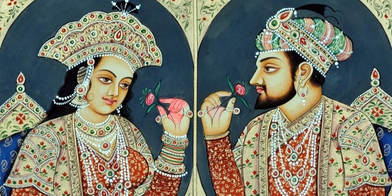
This love story involves real people whose lives are well documented historically.
Shah Jahan, known as Prince Khurram before ascending to the throne in 1628, was the son of Jahangir, the fourth Mughal emperor of India. Photo From: http://www.etajmahaltour.com/story-of-taj-mahal.html
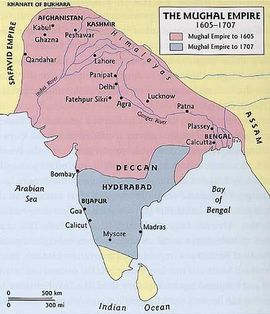
Arjumand was the daughter of a noble Persian family who had served the Mughal emperors for several generations. Her wealthy father, Abu’l-Hasan Asaf Khan, was Minister of Finance and then Chief Minister in the Mughal empire. She was also the niece of the Empress Nur-Jahan, who just happened to be the chief wife of the emperor, Prince Khurram’s father.
Considering Arjumand’s background, it seemed unlikely to me the prince first saw her in the market selling glass beads. However he met her, when the young prince told his father he wanted to marry Arjumand, the emperor agreed, and they were betrothed in 1607.
They had to wait five years before marrying on April 30, 1612. Other marriages for the prince had already been arranged. Whether or not his marriage to Arjumand was arranged by the Empress Nur-Jahan, as some sources indicate, it was truly a love-marriage. Shan Jahan was enthralled with Arjumand and gave her the title of Mumtaz Mahal (Exhalted One of the Palace, Chosen one of the Palace, or Jewel of the Palace, depending on the translation).
But first Shan Jahan married Princess Kandahari Begum in 1609. After he and Mumtaz Mahal married, he took a third wife in 1617. According to the official court records, the first and third marriages were political alliances. The prince showed little interest in the other wives other than to fulfill his duty of siring a child with each.
One source indicated he had eight wives in all. Another (https://www.wonders-of-the-world.net/Taj-Mahal/Shah-Jahan.php) indicates there were eleven marriages and that Mumtaz was the third wife, not the second. Nonetheless, the others are acknowledged as political alliances.
HAPPILY EVER AFTER
I believe this is the closest any of these great love stories come to a “Happily Ever After” ending. [I knew there had to be at least one.]
Photo: https://en.wikipedia.org/wiki/Mumtaz_Mahal Photo: www.wonders-of-the-world.net/Taj-Mahal
Shan Jahan and Mumtaz’s union was a good and a loving one and, during their nineteen years of marriage, she bore him fourteen children, seven of whom died at birth or shortly thereafter. She was his best friend, a constant companion, trusted confidant, and advisor. According to Wikipedia, “…court historians go to unheard lengths to document the intimate and erotic relationship the couple enjoyed.”
If this were the end of the story, it is an H.E.A. But like most marriages, life continues on after the wedding, and the marriage comes to an end one way or another, even if it is “until death do us part”.
Despite her many pregnancies, Mumtaz traveled with her husband on his military campaigns, of which there were many, even a rebellion against Shah Jahan’ s father. She was not only beautiful and educated, but intelligent and politically astute. When Shah Jahan became emperor in 1628, she wielded great power and was made responsible for the imperial seal which put her in a position to review official documents in final form. She was a great influence on the emperor and often intervened on behalf of the poor and destitute and provided pensions and donations to the daughters of poor scholars, theologians , and pious men.
EVEN “HAPPILY EVER AFTER” COMES TO AN END
Mumtaz Mahal died in Burhanpur (on a military campaign with her husband in 1631) at the age of 37 from postpartum hemorrhage after giving birth to their fourteenth child, a daughter named Gauhara Begum. It is recorded that Shah Jahan was “paralyzed by grief and fits of weeping.”
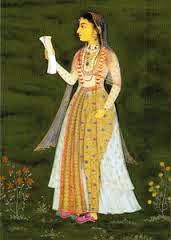
Photo: http://madhukidiary.com/jahanara-
A MAN OF HIS WORD
Shah Jahan promised Mumaz Mahal on her death bed that he would never remarry and would built her a mausoleum like no other in the world. And he was a man of his word.
The beloved Empresses was buried in Burhanpur with the intention of moving her to the mausoleum Shah Jahan began planning while he was still in Burhanpur.
Photo from: https://en.wikipedia.org/wiki/Taj_Mahal
The task of erecting the world's most beautiful monument in the memory of his beloved took 22 years and the labor of 22,000 workers and 100 elephants to construct. It was completed in 1643 but work continued on other phases for another ten years. The estimated cost was 32 million rupees, which, according to Wikipedia, in 2015 US dollars would be nearly $827 million.
When I visited the Taj Mahal the tour guide told us the Shah Jahan nearly bankrupted the empire. As a consequence, his son imprisoned him in the Red Fort across the river until he died in 1666. Wikipedia and other sources tell the story a little differently.
Apparently, in 1657 Shah Jahan fell ill. That set off a war of succession among his four sons, with Aurangzeb coming out on top. Shah Jahan recovered but his son put him under house arrest in Fort Agra in July 1658, and crowned himself emperor. Shah Jahan remained there, able to see the Taj Mahal across the river, until his death.
Shah Jahan is considered to be one of the greatest Mughal emperors.
□
Sources:
http://amolife.com/reviews/top-20-most-famous-love-stories-in-history-and-literature.htmlhttp:/amolife.com/reviews/top-20-most-famous-love-stories-in-history-and-literature.html
http://www.etajmahaltour.com/story-of-taj-mahal.html
https://en.wikipedia.org/wiki/Shah_Jahan
https://en.wikipedia.org/wiki/Mumtaz_Mahal
https://www.britannica.com/biography/Shah-Jahan
https://www.wonders-of-the-world.net/Taj-Mahal/Shah-Jahan.php
https://www.tajmahal.org.uk/story.html
https://www.bbc.com/news/world-asia-india-27970693
http://madhukidiary.com/shahzadi-jahanara-begum-sahib-facets-of-her-life/
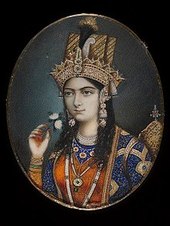
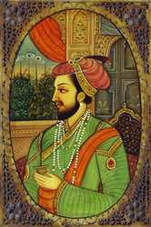
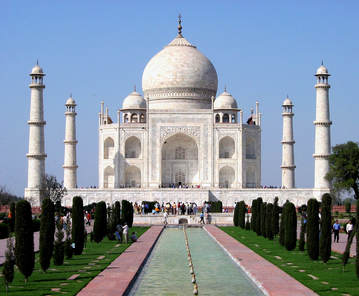










































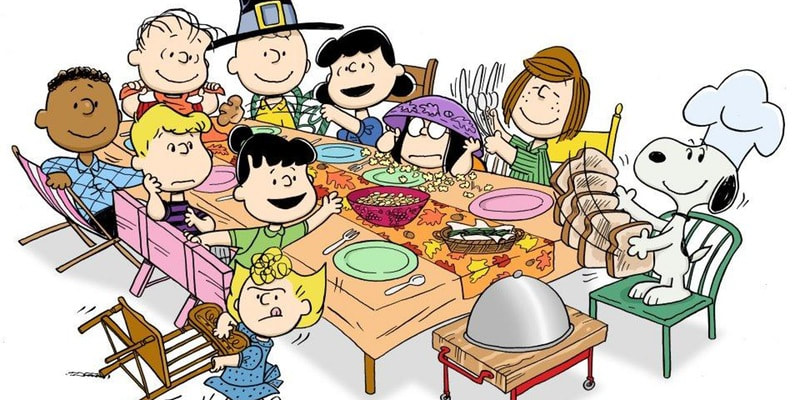




















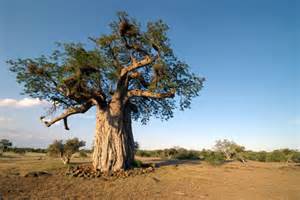
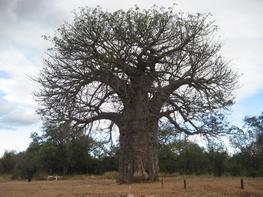

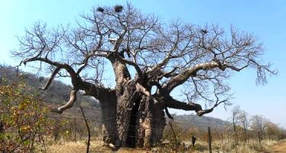
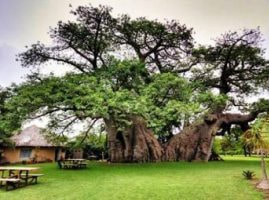
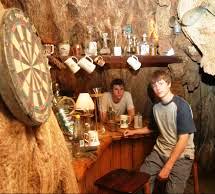

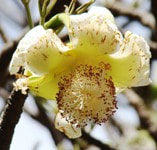
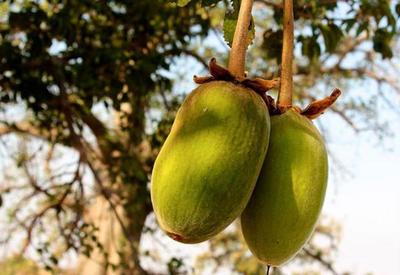
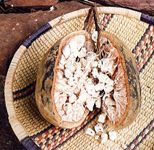
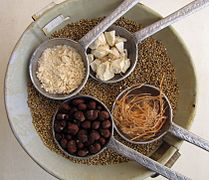

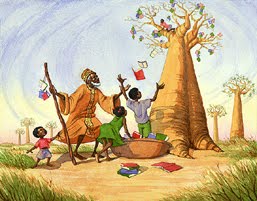
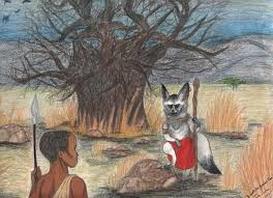
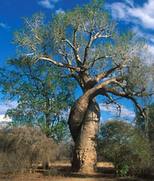
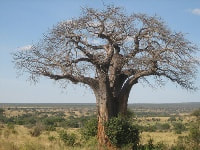
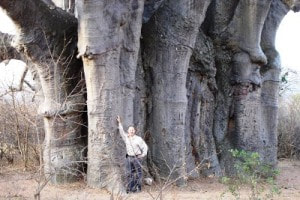
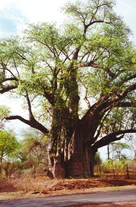
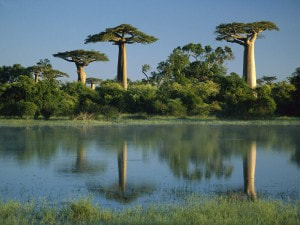
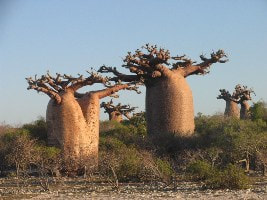



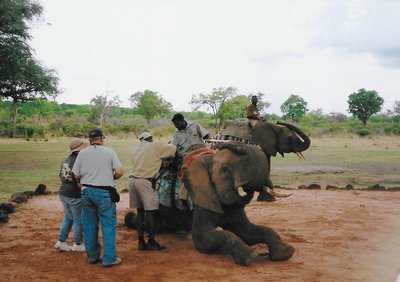
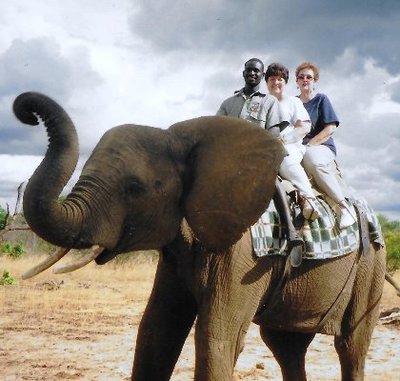
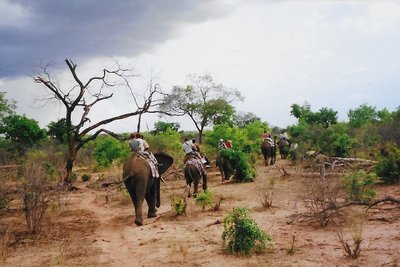
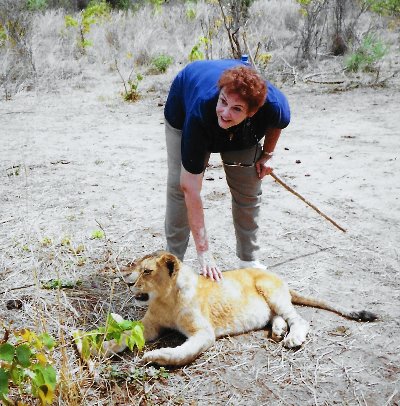

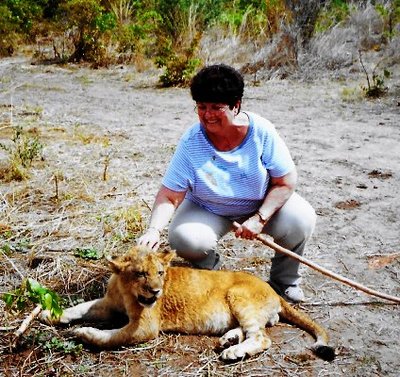









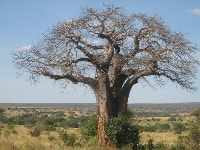
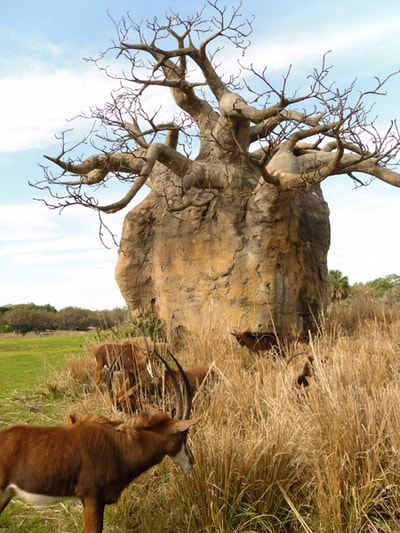
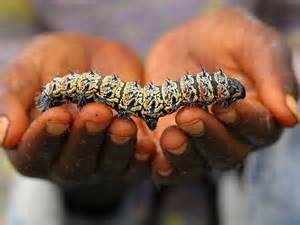
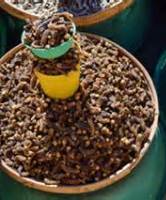




 RSS Feed
RSS Feed